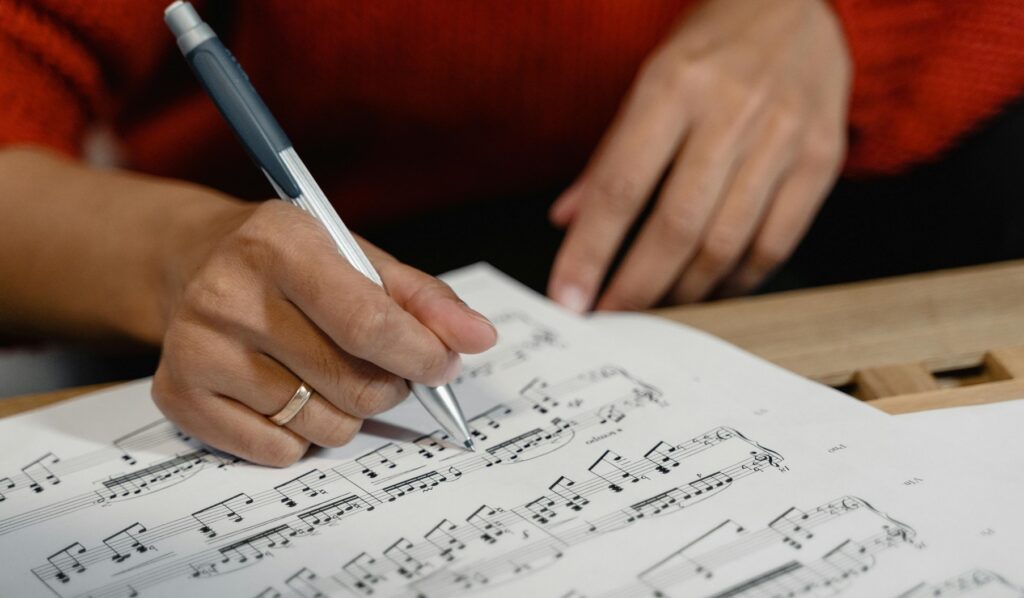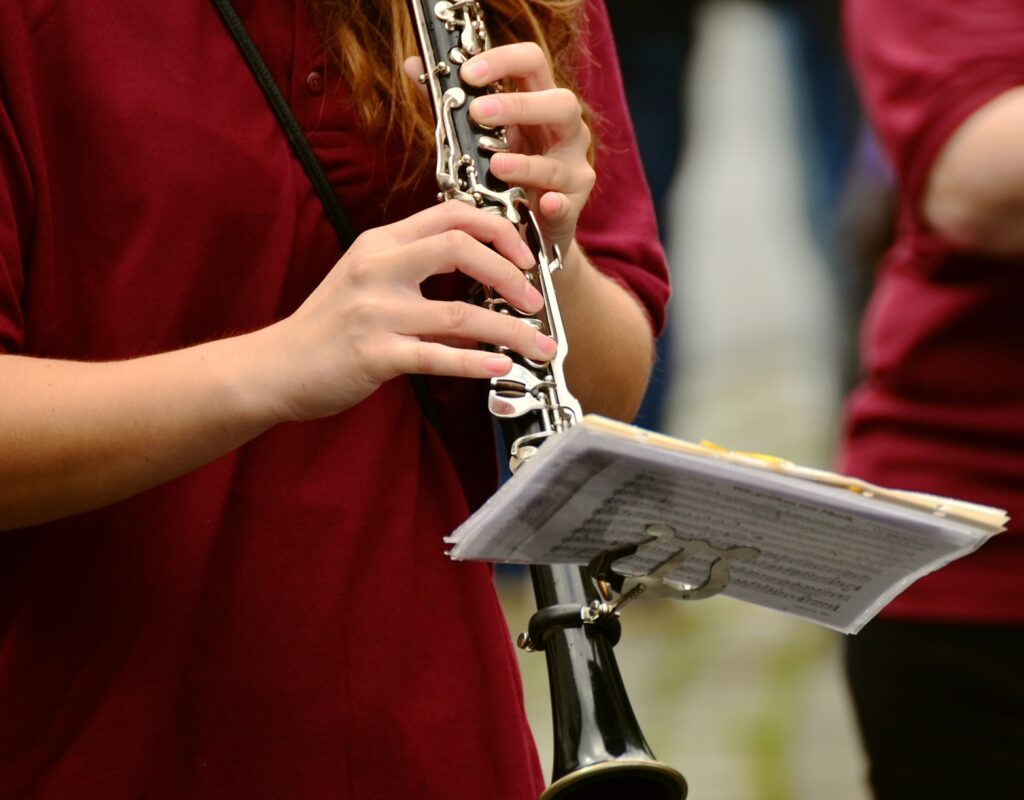The Benefits of Learning Another Instrument
By playing multiple instruments, you will broaden your musical perspective and be a better composer and arranger.
I remember when I began taking flute lessons when I was 11 or 12 years old. I met my teacher in the small back room of our local music store, and I told her how excited I was to take flute lessons. She asked me to tell her about myself, so I proudly said, “I play the piano by ear, the Irish whistle, and now the flute, and I sometimes strum on the guitar with my dad!”
“Whoa, whoa, whoa,” she said. “Hold on. For now, no more Irish whistle, no guitar, and a lot less piano. This is way too many instruments. You are just going to play the flute.”
I remember feeling confused and sad. The sign on her door said she taught saxophone, piano, and the flute. Why was she allowed to play three instruments, but I couldn’t?!
She told my mom that I shouldn’t play the Irish whistle again so I could focus on the flute. I was devastated. I used to play the penny whistle for hours every weekend, and now I wasn’t allowed to pick it up.
After getting my degree in instrumental music, I realized the big mistake my first music teacher made. While I know she was trying to keep me focused, sometimes it is in our best interests to explore or become a multi-instrumentalist.
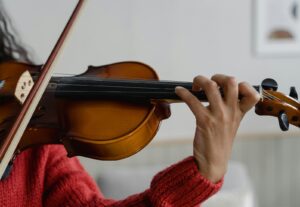
Benefits for Students and Teachers
- It makes it easier to compose and arrange.
- Exposure to more repertoire and music history.
- You gain a better overall musical perspective.
Whether you are a music student or a music teacher, learning an instrument from another instrument family will help you better understand how to compose and arrange. I found that after I went through all the music education curricula for the brass, woodwind, percussion, and string families, it was much easier to see how a full score would come together. When I only played the flute, composing for a full orchestra felt nearly impossible because I was constantly wondering what was the range of this instrument again? What does that technique symbol mean?
The new perspectives gleaned from learning one or two more instruments are amazing. And interestingly enough, I found that I can enjoy playing an instrument I don’t like listening to. Another benefit of learning a new instrument is that it exposes you to more repertoire and can increase your knowledge of music history and different composers.
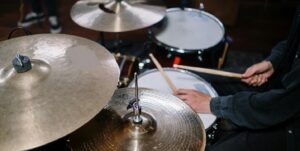
The Power of Exploration
- Students can discover their own personal favorites.
- Experimenting with harmony instruments can help musical analysis (later down the line).
- Percussion instruments help lock in rhythms in a way that one-line instruments can’t.
Having access to multiple instruments provides students with more musical exposure, and the chance to explore and decide what feels best for them. However, you must make sure that you don’t start students on a secondary instrument too early or too late. For example, I believe that the best time to expose students to both harmony/two-line instruments and single-line instruments is before they reach late junior high. Students who have been exposed to both tend to understand the bigger picture (in the context of musical analysis) a bit easier.
During my undergrad years, I struggled with rhythm, but eventually, something clicked. I believe that the combination of studying the drum set and piano helped me with rhythm because different instruments give us different skills.

The Science of Musicians and Motor Skills
The brains of musicians have more neuroplasticity, and it’s been shown that different types of musicians have different connections and pathways in their brains. Each instrument requires a slightly different type of coordination than the next.
A study published in Neuroscience found that the brains of woodwind players were quite different from the brains of string players. Specifically, musicians had different hand/face/brain regions in their motor cortex. This study (done at UCL Queen Square Institute of Neurology in London) showed that pianists and string players had a similar type of fine motor movement. However, woodwind players had greater control of the facial area of the brain, suggesting that woodwind players are better at controlling their lower faces than strings and piano players.
It may be similar for percussionists as well, although we may have to wait a while for scientific studies to be conducted. Percussionists might have more control of their whole body, or at least, their limbs. Gross motor movement reinforces rhythm better than smaller movements do, according to Dalcroze Education.

It Can Boost Your Career
- Become a doubler/play in a pit.
- Be a band director or orchestra director.
- Boost your resume.
If you learn another instrument or two, you can take on more roles, such as being a doubler in an orchestra or a professional player in a pit for an opera or musical. If you only play the flute, you can’t play for many musicals. However, if you triple on clarinet, saxophone and flute — or add a piccolo — you can fulfill nearly every standard woodwind book. If you’re a winds player who becomes adept at playing a bowed string instrument, you can take on a job as an orchestra director if you want to, and vice versa for string players learning winds.
It Gets Easier
The first time you learn an instrument is extremely time-consuming, but the second and third instruments you pick up will be easier — learning gets faster each time. This is how people like me with degrees in instrumental music education can learn the basics of several instruments inside an instrument family in just a semester of college. Sure, there will always be difficult instruments (for me, the trombone was my weak point), but it’ll still be faster than the years it took the learn your first instrument.
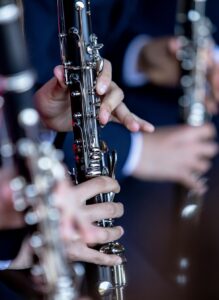
It’s Freeing
One of the most gratifying parts of being a multi-instrumentalist is that it makes you feel free. I can jump from working on Oasis’s “Wonderwall” on the guitar to a Bach fugue on the piano to a pop song on the flute. Being able to play a variety of instruments makes me happy. All studies and technicalities aside, it often seems that multi-genre multi-instrumentalists feel more content and confident in their art.
There are many composers and musicians who were multi-instrumentalists. German composer Paul Hindemith could play an impressive number of instruments. It’s rumored that he played all of the instruments he wrote parts for. While his main two instruments were violin and viola, he also could play the clarinet and piano.
Russian composer Alexander Glazunov played violin, cello and woodwinds. While he was classically trained, he also became enamored with jazz. Glazunov loved learning different instruments because he felt each had distinct characteristics that were important to learn.
Multi-instrumentalists are all around us, even today. Pop-rock multi-instrumentalist Cassidy Mackenzie has made a name for herself by playing all the parts of famous pop-rock tunes, like “Dear Maria Count Me In.”
In 2024, the music world is making it easier and easier to multi-track and produce music yourself, so why not learn something new?
Jack of All Trades
The full quote about being a jack of all trades purportedly comes from the bard himself, William Shakespeare: “Jack of all trades is a master of none, but oftentimes better than a master of one.” Go learn a new instrument, which can offer years of renewed creativity, better motor skills, and a new source of enjoyment.














